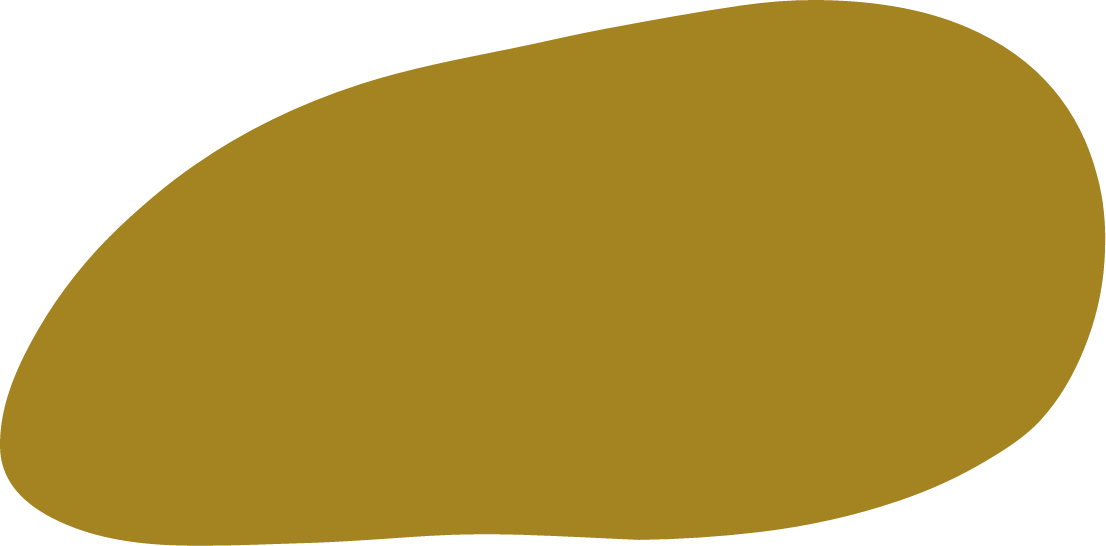Print-maker and painter Vasso Leonardou Katraki (1914-1988) has a two-pronged participation in Being as Communion. Her work is presented across two different spaces: on its own and in a new commission, in dialogue with a contemporary Greek artist.
Her hometown, the town of Aitoliko, in Aitoloakarnania, with its lagoon, as well as the local and international political landscape of the 1940s, played a decisive role in her artistic work. Katraki received several international distinctions (such as the lithography award at the 1966 XXXIII Venice Biennale) and took part in numerous international exhibitions and biennales (Alexandria, Sao Paulo, Tokyo, Leipzig). She studied at the Athens School of Fine Arts, graduating in 1940, in the aftermath of the First World War, and shortly after the eruption of WWII. This was the political landscape in which Katraki would “land,” as she would put it, “…on the side of the political left, fighting against Metaxas’ dictatorship. We were stirred by these social struggles and ideologies asking for social democracy and visions in art, especially the vision of freedom.”
Her work, in Greece, needs no introduction. In her engravings, she initially used an arguably more traditional material, wood, whereas stone―and in particular sandstone―would play a key role in her work over the final thirty-five years of her career. Sandstone is a porous rock that has the capacity to filter and store large quantities of liquid. It is formed in areas previously occupied by small seas. One cannot but wonder whether this choice of material was purely incidental, considering that the artist’s place of origin―this small island rooted in the water―is so closely connected to one of the most important lagoons in Greece.
Her earlier themes can be described as ‘folk social realism.’ The War, the Occupation, the Resistance, and the Civil War take on a central role, with the fishermen of her hometown appearing in her work in the late 1940s, also featuring prominently in her stone engravings over the following decade. The same can also be said of her distinctive mother-figure. From her early portraits, made with stone and sandstone, using the delicate chisels of her trade, Katraki would move on to the rough tools of the sculptor. The artist would become increasingly abstract; her forms ascetic and archetypal. Stern female figures, bloody suns, wounded horses.
In 1967, Katraki was among the first people arrested, the day after the military coup of April 21st. She was exiled to the island of Gyaros, where she would remain for almost ten months. Gyaros, or Yioura as the engraver and her fellow prisoners called this uninhabited island in the Cyclades, had served as a place of exile and punitive isolation since Roman times. It was under these conditions that the pebbles on the seashore were painted, in a defunct building turned ―on Katraki’s initiative―into an informal workshop or improvised studio. The pebbles would be painted with suns or mostly female figures, almost always smiling―a feature completely absent both from her earlier female forms and from the later, almost formalistic figures that she would carve into stone during the period immediately after her exile. Katraki would send painted pebbles of girls and suns to her eight-year-old twin children, Marianna and Spyros: small offerings, of hope and optimism.
In the showcases of Villa Kapandji, these iconic pebble (time capsules of historical and personal memory) but also tools and handwritten notes that relate to her engravings, will be on display. The artist herself had said in an interview that she had never considered these “pebbles” as works; for her, “they were nothing more than a game.” And yet, it is almost impossible for us to overlook their meaning as testaments of her time, work and struggle and how seamlessly they fit in with the rest of her work.













